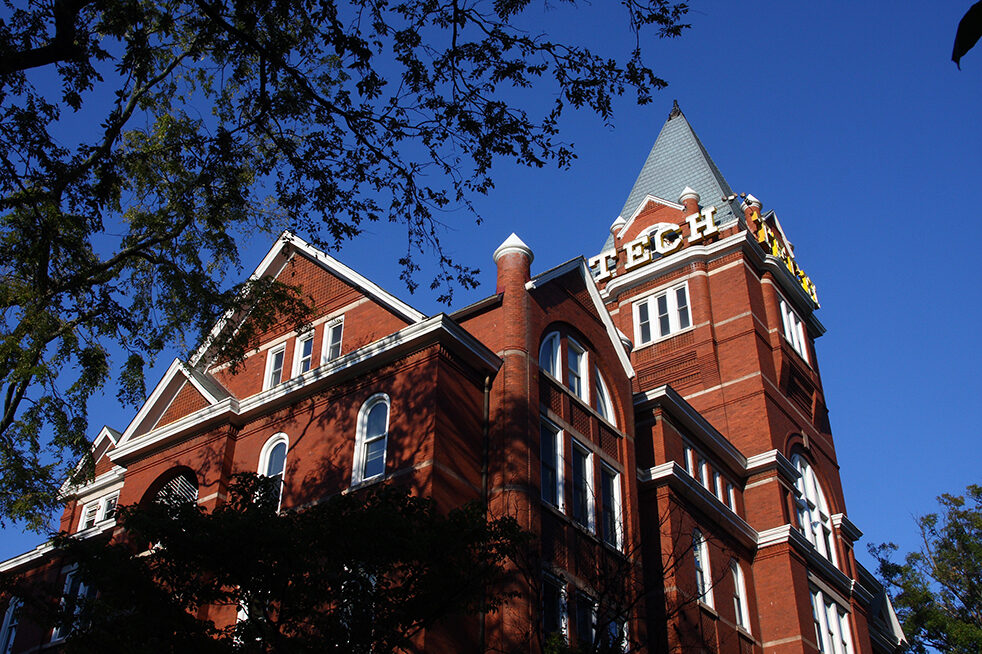White silence has always played a pivotal role in the perpetuation of systematic racism here in the United States.
The sentiment of “it doesn’t affect me, so why should I care?” plagues privileged households.
Using their white privilege as a means to blind themselves from the struggles people of color face is just as damaging as the embarrassingly conservative uncle and his outwardly racist tirades at family dinners.
Anne McCarty Braden was a journalist and organizer who worked with Rosa Parks and is mentioned in Martin Luther King Jr.’s Letter from a Birmingham Jail.
John Brown was an abolitionist who assisted in the Underground Railroad.
Possibly most popularly and recently, former presidential candidate Bernie Sanders is another individual who was actively involved during the early parts of the Civil Rights Movement in the 60s. These are all important examples of white figures who were pivotal in the anti-racism movement
While we may be critical of white people for their lack of participation or interest in standing up for people of color, especially Black Americans, there is another group who deserves censure for their behavior: Asian Americans.
The “model minority myth” paints Asian Americans in a very specific light.
It describes Asians to be hard-working, intelligent, humble and dedicated.
It illuminates us as the pinnacle of the American Dream, people coming from nothing and achieving monetary success.
After all in our cruel capitalist society, that is the only metric for achievement.
However, there are many issues with these stereotypes, many of which play into the divisive racial tensions that have plagued America for decades. Most notably, the concept of the “model minority” does not only create a glorified stereotype of a certain group.
It also creates a “problem minority,” in which government bodies blame and target one group as more problematic more often: Black Americans.
The “model minority” myth was part of a government propaganda campaign following WWII, creating a racial hierarchy and further oppressing Black people in America.
The worst part is we, as Asian Americans, perpetuate this practice. Centuries of colorist ideologies, stemming from our ancestral countries of India, China, Korea and more, result in a disturbing sense of pride for perpetuating these stereotypes.
Many Asians, especially in the generation before us, believe people with darker skin to be lesser, even within their own ethnic groups. When people don’t necessarily disagree with its claims, myths continue
to live on.
When some Asians themselves have those internalized racist ideologies, they are disinterested in standing up for Black Americans because they buy into this
government-sanctioned hierarch.
They enjoy seeing themselves on top. Others, who may be less conservative and “traditional,” are simply disinterested in standing up for Black Americans because the issues do not affect
them personally.
While my parents are sympathetic towards the Black Lives Matter Movement and were deeply concerned in 2012 when George Zimmerman murdered Trayvon Martin and in 2020 when Derek Chauvin mercilessly killed George Floyd, they are still hesitant to stand up and speak out against these issues publicly.
They witness these brutalities and the dangerous reality of being Black in America, and though they are dismayed by what they see, to them, this is not “their” issue.
Some of my Asian friends have admitted to me that their parents struggle to even comprehend the point of the Black Lives Matter Movement.
While their parents understand that problems like systemic racism exist, they are unable to understand why people don’t just “work hard” to escape poverty or “move neighborhoods” to escape a dangerous lifestyle.
This is the real result of the “model minority” myth. It has created a deep separation between minorities in America. In moments when various minorities should band together and fight systematic oppression as a team, opposition wins by pitting these groups against each other.
Further, the “model minority” myth actually hurts Asian populations as well.
For example, many Asian students are assumed to not need help when struggling academically.
This stereotype creates an academic standard that is difficult to live up to and actually can result in even worse performance. It also pushes the idea that being Asian is a monolith.
In reality, the term “Asian” refers to so many ethnic, racial and cultural backgrounds, and cannot even begin to encompass their vast differences.
I, as a South Indian woman, am not even close to culturally synonymous with my Bengali roommate, let alone a Japanese or Hmong peer. This all brings us back to the real issue at hand.
Asian Americans need to destroy the “model minority” myth. In divisive times like the current, it is imperative that all minorities work together to overcome systematic oppression and discrimination.
It is even more important that we use our voice as the “model minority” to speak out against the systematic dehumanization, mass incarceration, police brutality, discrimination and all other modern-day subjugation against Black Americans.
Protesting against anti-Asian violence alone is insufficient.
If we allow this myth to continue, can we truly say we are any better than the silent white populace?
